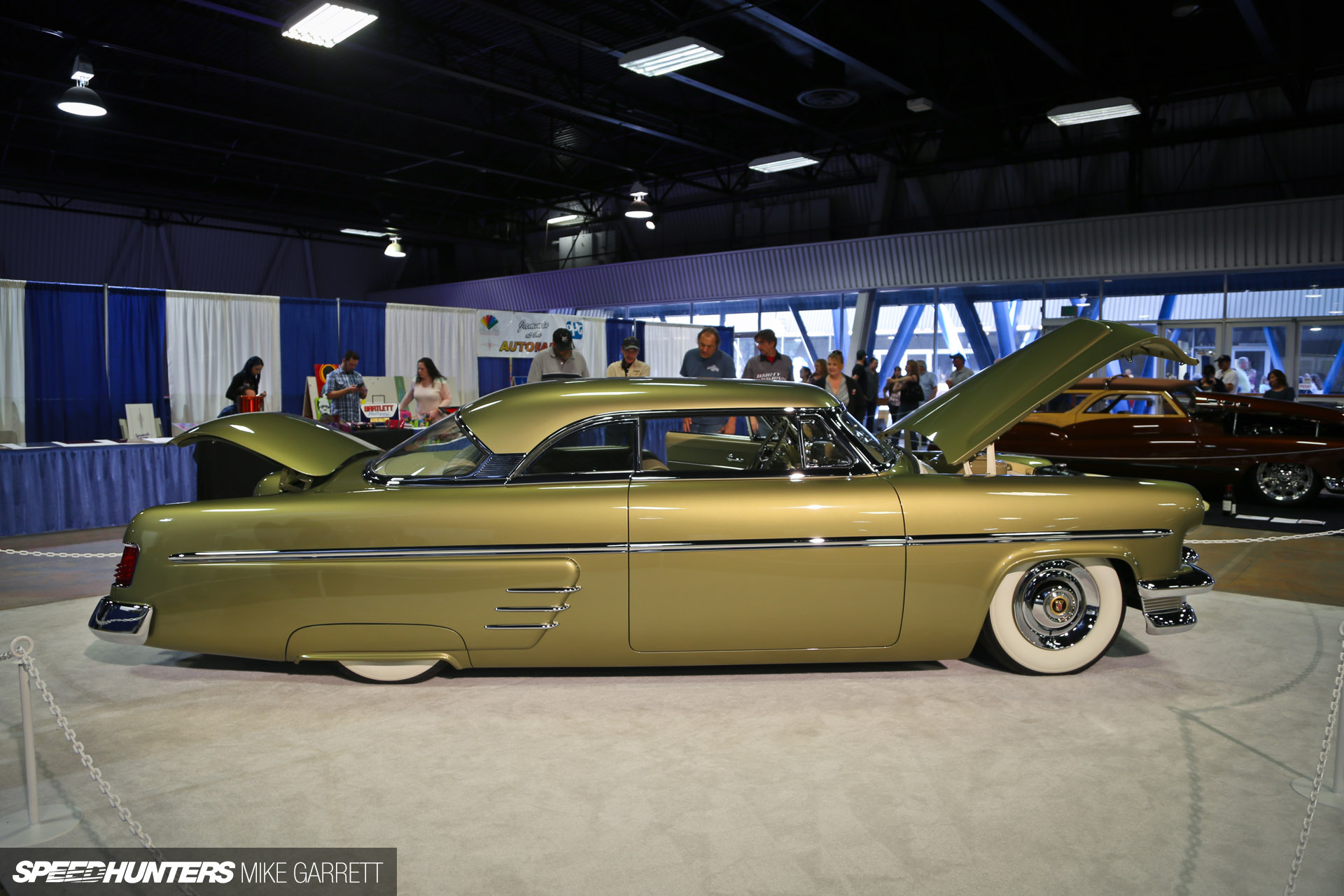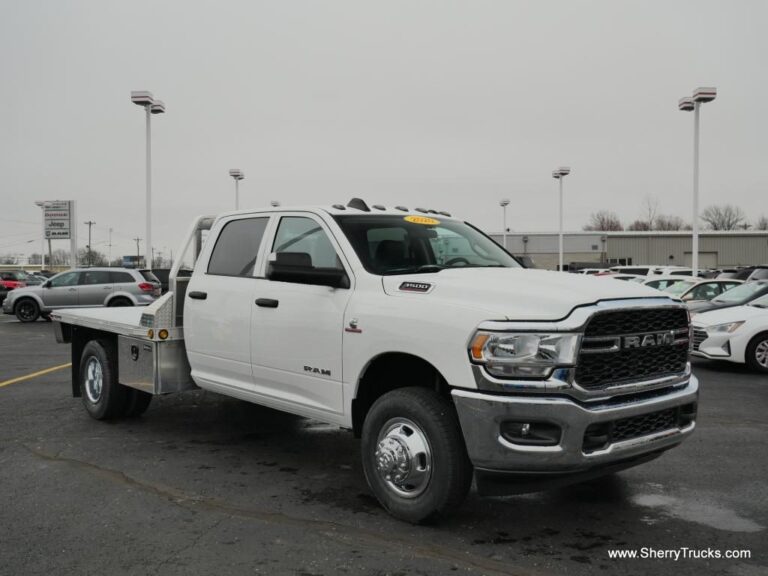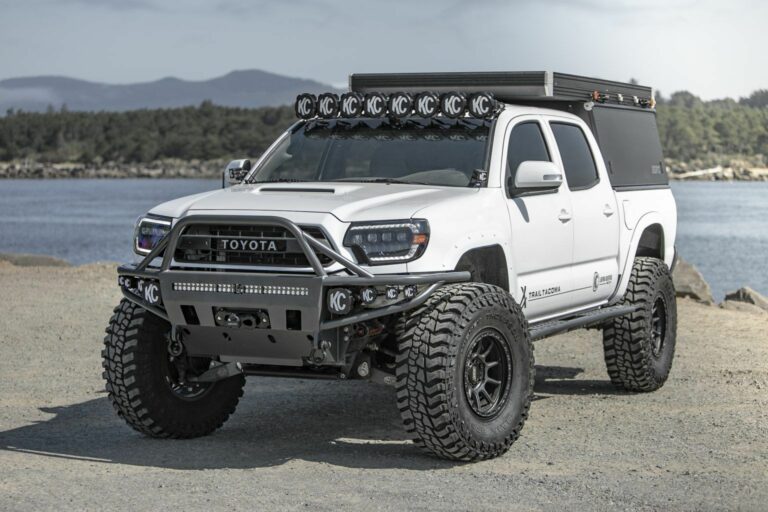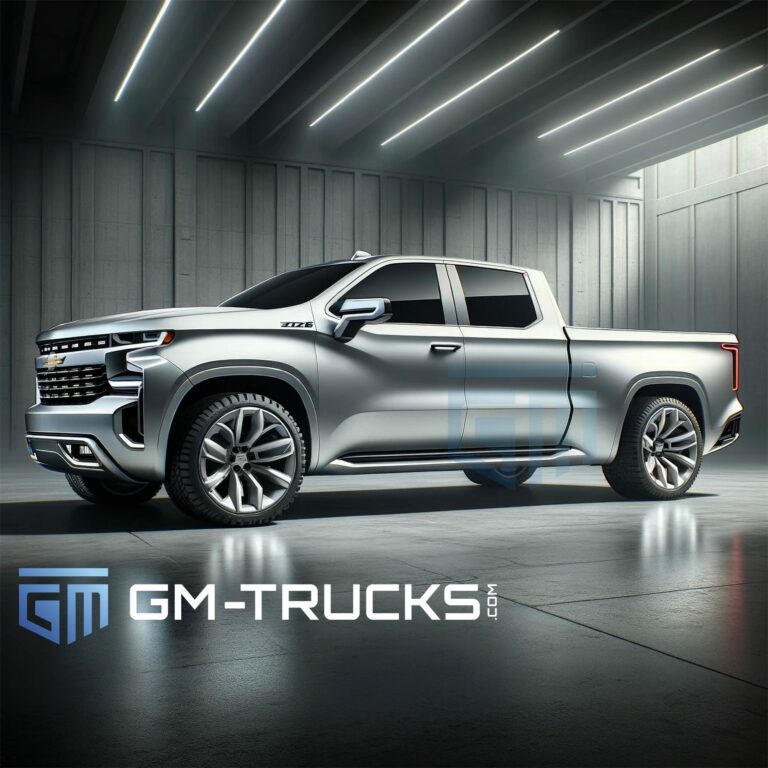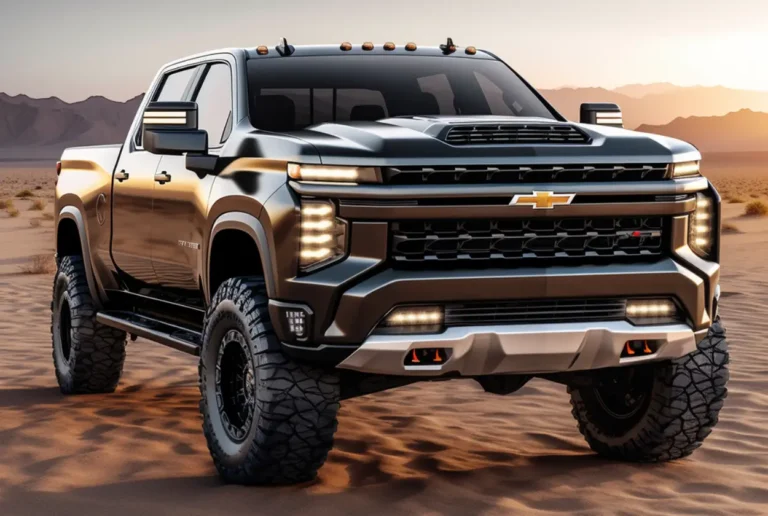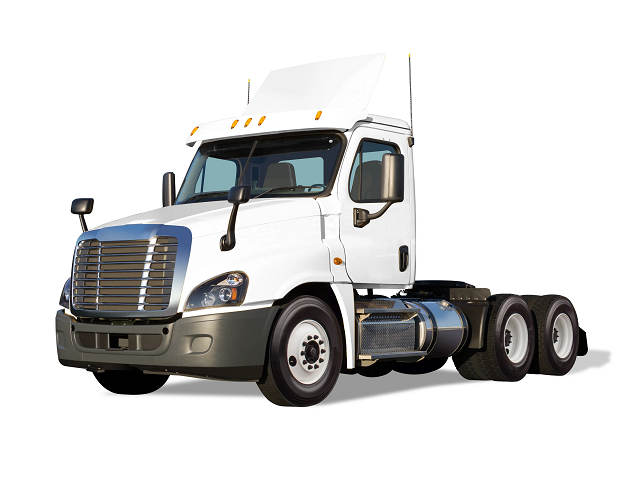Custom Dropped Trucks For Sale: A Comprehensive Guide to Finding Your Low-Riding Dream
Custom Dropped Trucks For Sale: A Comprehensive Guide to Finding Your Low-Riding Dream cars.truckstrend.com
The rumble of an engine, the gleam of polished chrome, and a stance so low it looks like it’s hugging the asphalt – these are the hallmarks of a custom dropped truck. More than just a vehicle, a dropped truck is a statement, a rolling piece of art that reflects its owner’s personality and passion for automotive style. For many, the allure of a low-slung pickup lies in its unique aesthetic, the enhanced handling (for some configurations), and the sheer individuality it projects.
In a world increasingly dominated by lifted, off-road machines, custom dropped trucks offer a captivating counter-culture appeal. They transform utilitarian workhorses into sleek, ground-hugging cruisers, show vehicles, or even performance-oriented street machines. This article serves as a comprehensive guide for anyone looking to enter this exciting segment of the automotive market, exploring what defines these unique vehicles, why they captivate enthusiasts, what to look for when buying, and how to navigate the purchasing process successfully.
Custom Dropped Trucks For Sale: A Comprehensive Guide to Finding Your Low-Riding Dream
What Defines a Custom Dropped Truck?
At its core, a "custom dropped truck" is a pickup truck whose suspension has been modified to significantly lower its ride height compared to its factory setting. This alteration isn’t merely cosmetic; it involves a range of engineering solutions designed to bring the chassis closer to the ground, creating a distinctive, aggressive, and often sleek profile.
The methods for achieving this "drop" vary widely, each with its own characteristics:
- Static Drop: This is the most common and often most affordable method. It involves replacing factory suspension components with shorter springs, drop spindles (for the front), flip kits or lowering shackles (for the rear), or de-arching leaf springs. The ride height is fixed once installed. While generally providing a firmer ride, quality static kits can still offer good daily drivability.
- Coilover Suspension: Offering more adjustability than static setups, coilovers integrate the spring and shock absorber into a single unit, allowing for precise height and dampening adjustments. This method is popular for performance-oriented builds where fine-tuning ride dynamics is crucial.
- Air Ride Suspension (Airbags): The pinnacle of adjustability, air ride systems replace traditional springs with inflatable air bags. Controlled by an onboard compressor and management system, these trucks can be raised for clearance (e.g., over speed bumps) or "aired out" to lay the frame on the ground for dramatic show purposes. While offering unparalleled versatility and often a smoother ride, air ride systems are more complex, expensive, and require more maintenance.

Beyond the suspension, a truly custom dropped truck often features a host of other modifications that complement its low stance. These can include custom wheels and tires (often with larger diameters and low-profile rubber), body kits, shaved door handles, custom paint jobs, upgraded interiors, and performance engine modifications. The combination of these elements creates a cohesive, eye-catching vehicle that stands out from the crowd.
Why Buy a Custom Dropped Truck? Benefits & Appeal
The decision to purchase a custom dropped truck is driven by a unique set of desires and benefits:
- Unrivaled Aesthetics: The most immediate draw is the visual impact. A dropped truck boasts an aggressive, sleek, and often timeless appeal that traditional trucks simply can’t match. It’s a head-turner, a conversation starter, and a true expression of automotive artistry.
- Enhanced Individuality: In a market flooded with similar vehicles, a custom dropped truck offers a unique opportunity for self-expression. It allows you to own something truly distinctive, reflecting your personal style and standing apart from mass-produced vehicles.
- Pre-Built Value Proposition: Building a custom dropped truck from scratch can be an incredibly time-consuming and expensive endeavor, often costing tens of thousands of dollars in parts and labor. Buying a pre-built custom truck can often be more cost-effective, allowing you to acquire a highly modified vehicle for less than the sum of its parts.
- Improved Handling (for some configurations): Lowering a vehicle’s center of gravity can reduce body roll and improve cornering stability. While extreme drops can compromise handling due to geometry issues, well-engineered mild to moderate drops, especially with coilovers, can significantly enhance a truck’s road manners.
- Immediate Enjoyment: Rather than waiting months or years for a custom build to be completed, purchasing a finished product allows you to immediately enjoy the thrill of driving a unique vehicle.
- Community and Culture: Owning a custom dropped truck connects you to a vibrant and passionate community of enthusiasts. Car shows, online forums, and local meets provide opportunities to share experiences, gain knowledge, and forge friendships.
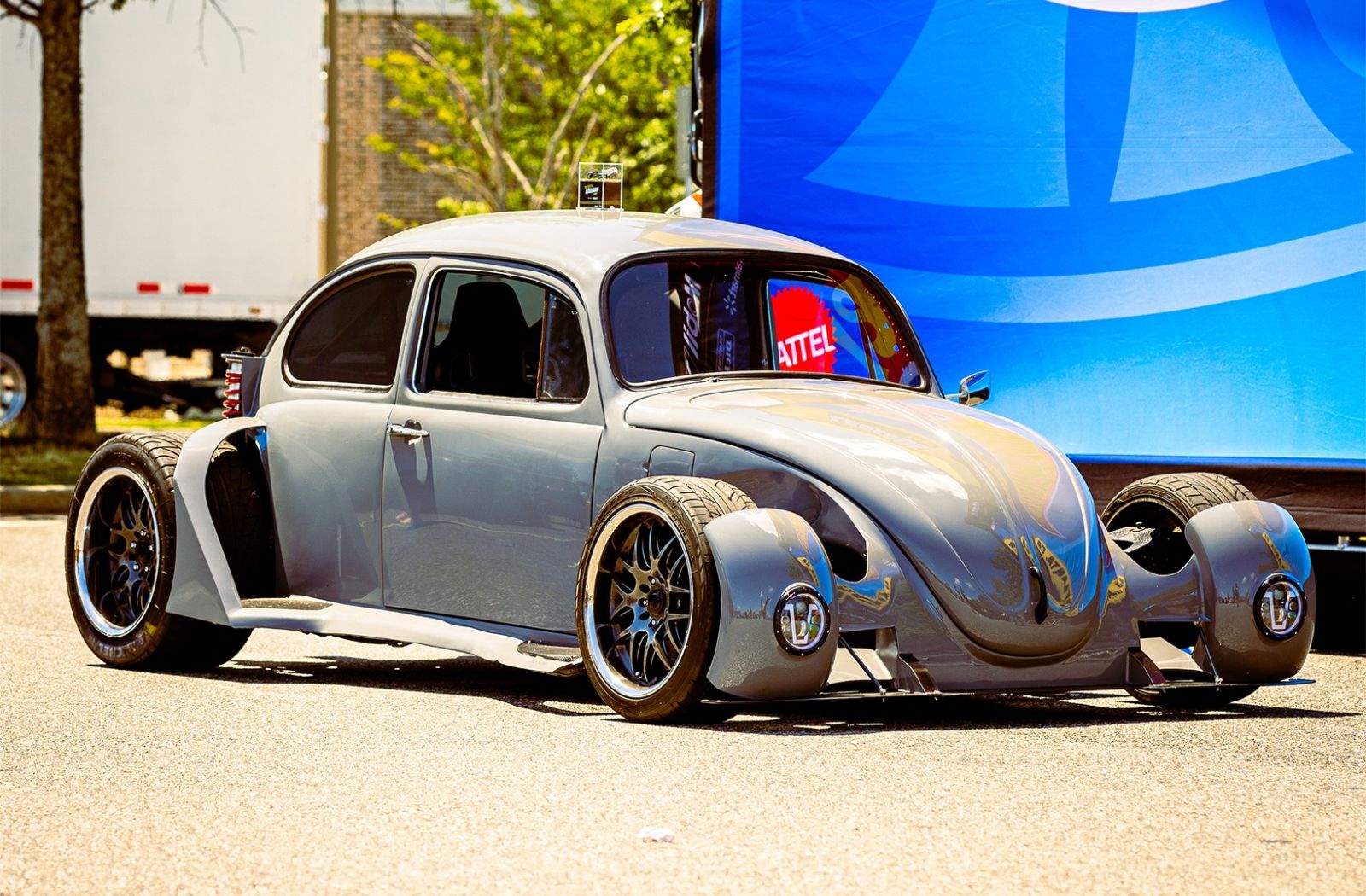
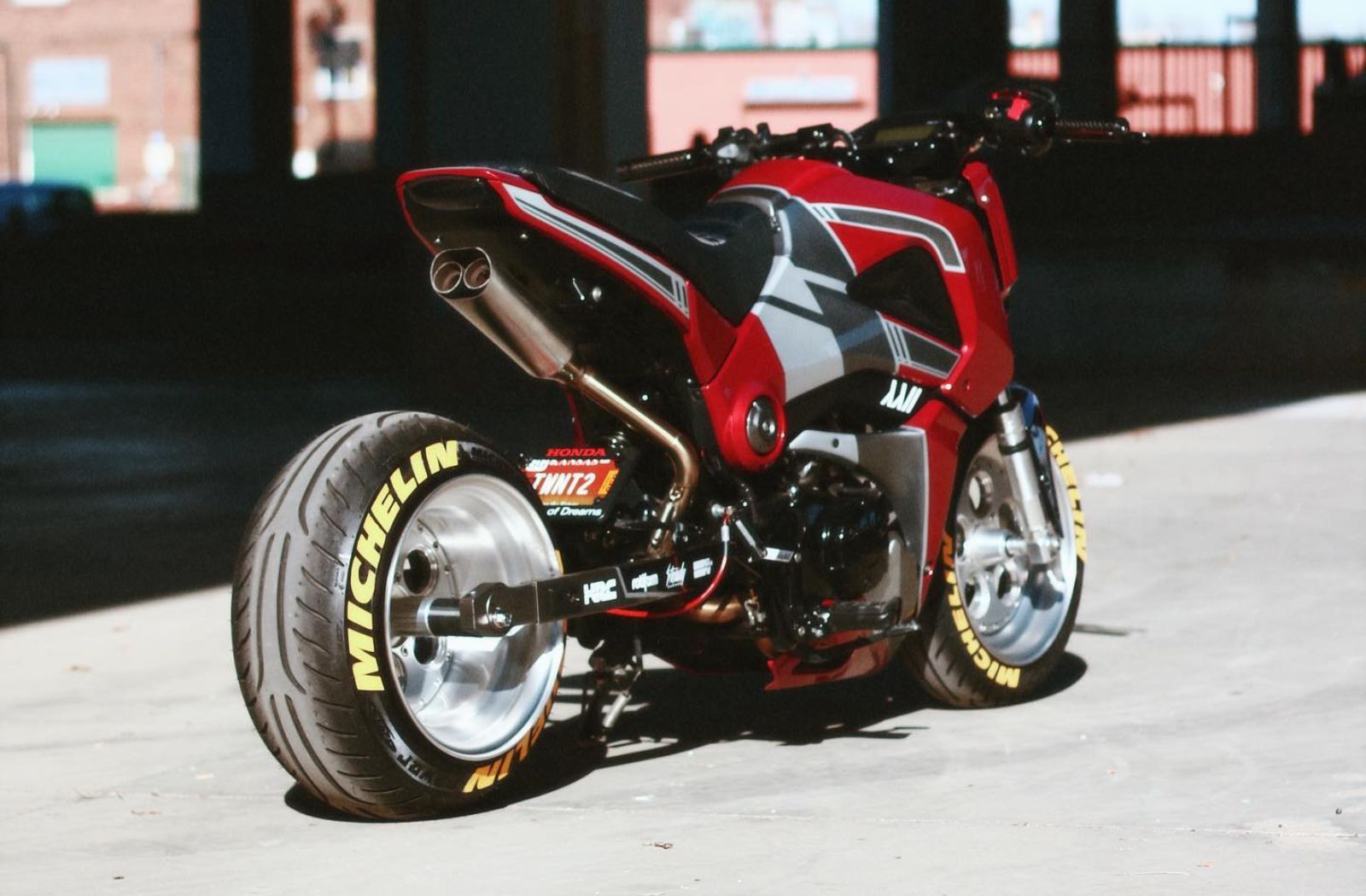
Key Considerations Before Buying: What to Look For
Purchasing a custom dropped truck requires a more discerning eye than buying a stock vehicle. The quality of modifications can vary wildly, and a poorly executed build can lead to a host of problems.
- Quality of Workmanship: This is paramount. Inspect welds, paint finish, body panel alignment, and interior craftsmanship. Are the suspension components installed professionally? Look for clean, solid welds, properly routed lines (for air ride), and no signs of hurried or amateur work.
- Suspension Type and Practicality: Understand the type of drop system installed.
- Static drops: Check for adequate ground clearance for your typical driving environment (driveways, speed bumps). Test for tire rubbing, especially when turning or hitting bumps.
- Air ride systems: Verify the compressor’s health, the integrity of air lines, and the functionality of all height adjustments. Are there any air leaks? How quickly does it air up/down?
- Consider your daily driving needs. An extreme "laying frame" show truck might be impractical for regular commuting.
- Ride Quality: A dropped truck will almost always ride firmer than stock, but it shouldn’t be punishing. A test drive is crucial to assess comfort, handling, and any unusual noises. Listen for clunks, squeaks, or rubbing.
- Engine & Drivetrain Modifications: If the engine or drivetrain has been modified (e.g., performance tuning, engine swaps), inquire about the specifics. Were these professionally installed? Is there any documentation for the work? Performance modifications can add excitement but also potential reliability concerns if not done correctly.
- Documentation and History: Request all available service records, receipts for custom parts, and documentation of the modification process. This provides valuable insight into the truck’s history and the quality of components used.
- Legality and Insurance: Research local regulations regarding vehicle ride height, wheel/tire poke, and modifications. Some areas have strict rules. Also, discuss modifications with your insurance provider before purchase. Some insurers may not cover highly modified vehicles, or may require specialized policies, which can impact premiums.
- Rust and Body Integrity: Dropped trucks, especially older models, can be susceptible to rust, particularly in areas where custom work has been done (e.g., C-notches in the frame for axle clearance). Inspect the frame, cab corners, bed, and wheel wells thoroughly.
Types of Dropped Trucks & Their Applications
The world of custom dropped trucks is diverse, catering to various tastes and uses:
- Mild Drop (Daily Driver): Typically a 2/4 (2 inches front, 4 inches rear) or 3/5 drop. These trucks retain much of their factory practicality, offer a noticeable aesthetic improvement, and often maintain a comfortable ride. Ideal for those who want a custom look without sacrificing daily usability.
- Moderate Drop (Cruiser/Show-Lite): Often a 4/6 or 5/7 drop. These have a more aggressive stance, requiring more careful navigation of obstacles. They balance show appeal with reasonable drivability and are popular for weekend cruising and local car shows.
- Extreme Drop (Slammed/Show Truck): These vehicles are designed to lay frame, often achieved with full air ride systems and extensive chassis modifications (e.g., C-notches, raised beds, relocated components). They are primarily show vehicles or weekend cruisers, less practical for daily driving due to very limited ground clearance.
- Pro-Touring/Performance Drop: While visually dropped, the focus here is on high-performance handling. These trucks often feature adjustable coilovers, upgraded brakes, stiffened chassis, and modern engine swaps (like LS or Coyote engines). They are built to perform on tracks or spirited drives, blending classic looks with modern sports car dynamics.
- Restomod Drop: Blends the classic lines of an older truck with modern conveniences, drivetrain, and a custom drop. These are often meticulous builds, combining the best of old and new.
Where to Find Custom Dropped Trucks For Sale
The market for custom dropped trucks is broad, but finding the right one requires knowing where to look:
- Online Marketplaces: Websites like Facebook Marketplace, Craigslist, and eBay Motors are popular for private sellers. Be cautious and verify listings thoroughly.
- Dedicated Forums & Social Media Groups: Many truck-specific forums (e.g., LS1Truck.com, GMFS.com) and Facebook groups are excellent resources, often connecting buyers directly with enthusiasts who maintain their vehicles well.
- Specialized Dealerships & Custom Shops: Some dealerships specialize in custom vehicles, and many custom fabrication shops occasionally sell their builds or client consignments. These sources often offer higher quality but also higher prices.
- Auto Auctions: Major auction houses (e.g., Barrett-Jackson, Mecum) often feature high-end custom builds. Local auctions may also have options, but buyer beware regarding inspection opportunities.
- Car Shows & Meets: Attending local and regional truck shows is a great way to see builds in person, network with owners, and sometimes find trucks for sale by word of mouth.
Tips for a Successful Purchase
- Do Your Homework: Research the specific truck model, common issues, and the reputation of shops that might have performed the custom work.
- Pre-Purchase Inspection (PPI): This is non-negotiable. Have a trusted, independent mechanic (ideally one familiar with custom vehicles or specific truck platforms) thoroughly inspect the truck, paying close attention to the custom suspension, frame, and drivetrain.
- Test Drive Extensively: Drive the truck on various road surfaces, including bumps and uneven terrain. Listen for any unusual noises (clunks, squeaks, rubbing). Test braking, steering, and acceleration.
- Ask Detailed Questions: Don’t be afraid to ask the seller about every modification, why they’re selling, any known issues, and maintenance history. A transparent seller is a good sign.
- Verify Documentation: Confirm the VIN matches the title, check for a clear title, and review any service records or build sheets.
- Negotiate Wisely: Be prepared to negotiate the price. Minor flaws or areas needing attention can be leverage.
- Factor in Post-Purchase Costs: Budget for potential maintenance, insurance premiums, and any immediate adjustments or repairs you might want to make.
Potential Challenges and Solutions
- Poor Workmanship: This is the biggest risk.
- Solution: Thorough PPI, stick to reputable builders/sellers, and avoid "bargains" that seem too good to be true.
- Ride Quality Issues: A too-stiff or bouncy ride can make driving unpleasant.
- Solution: Extensive test drive, research different suspension systems, and consider upgrading components (shocks, air management) if the issue is minor.
- Ground Clearance Problems: Speed bumps, steep driveways, and potholes can be a nightmare.
- Solution: Choose a drop level appropriate for your driving environment. Air ride offers the best solution for adjustability.
- Tire Rubbing: Tires hitting fenders or inner wheel wells during turns or suspension compression.
- Solution: Check for this during the PPI and test drive. It may indicate improper wheel/tire fitment or incorrect suspension setup, potentially requiring fender rolling or suspension adjustments.
- Insurance Complications: Modifications can complicate coverage.
- Solution: Be upfront with your insurer before buying. Some companies specialize in modified vehicle insurance.
- Resale Value: While unique, custom vehicles appeal to a niche market, which can sometimes affect resale.
- Solution: High-quality, well-documented builds from reputable shops tend to hold their value better.
Price Table: Estimated Costs for Custom Dropped Trucks For Sale
The price of a custom dropped truck varies dramatically based on the truck’s make, model, year, condition, the extent and quality of modifications, and market demand. The table below provides general estimated price ranges in USD.
| Category/Condition | Drop Type/Key Features | Estimated Price Range (USD) | Notes |
|---|---|---|---|
| Entry-Level/Mild Drop | 2/4 to 3/5 static drop, basic aftermarket wheels, minor aesthetic tweaks. Often older models (10+ years). | $10,000 – $25,000 | Good for first-time buyers or those wanting a subtle custom look. Focus on mechanical soundness over show quality. |
| Mid-Range/Moderate Drop | 4/6 to 5/7 static drop or entry-level coilovers, quality wheels, clean paint, some interior upgrades. | $25,000 – $50,000 | More aggressive stance with improved components. Check for proper installation and alignment. |
| High-End/Air Ride/Extreme | Full air ride suspension (laying frame capable), custom chassis work, high-end wheels, custom paint, premium interior, mild engine upgrades. | $50,000 – $100,000+ | Show-quality builds with significant investment. Requires specialized knowledge for maintenance and operation. |
| Restomod/Pro-Touring | Performance-oriented drop (coilovers, IRS), modern engine swap (LS/Coyote), full custom chassis/brakes, modern amenities. | $70,000 – $200,000+ | Blends classic looks with modern performance and comfort. Highly specialized, unique, and often built to a very high standard. |
| Project/Needs Work | Partially dropped, incomplete modifications, mechanical issues, rough aesthetics, or salvage title. | $5,000 – $15,000 | For buyers with significant mechanical skills, a dedicated budget for completion, and a willingness to take on risk. High potential for reward. |
Disclaimer: These prices are estimates only and can fluctuate significantly based on brand popularity (e.g., Chevy C10s often command higher prices), rarity of specific models, geographic location, and the current market. Always conduct thorough research and inspection.
Frequently Asked Questions (FAQ)
Q: What’s the main difference between a static drop and an air ride system?
A: A static drop uses fixed components (springs, spindles, etc.) for a constant ride height. An air ride system uses inflatable airbags, allowing the vehicle’s height to be adjusted on demand via an onboard compressor and control system. Air ride offers more versatility but is more complex.
Q: Will dropping my truck affect its ride quality?
A: Yes, typically. Static drops can result in a firmer ride, but quality components can minimize harshness. Air ride systems can offer a very smooth ride when aired up for cruising, but can be bouncy if not properly tuned or if air pressure is too low.
Q: Is a dropped truck practical for daily driving?
A: Mild to moderate drops (e.g., 2/4, 3/5) are often quite practical for daily driving. Extreme drops or "slammed" trucks can be challenging due to very limited ground clearance, making speed bumps, steep driveways, and uneven roads difficult to navigate. Air ride can significantly improve practicality for extreme drops by allowing height adjustment.
Q: Do custom modifications affect insurance?
A: Yes, potentially. Many standard insurance policies may not fully cover custom modifications or may require special endorsements. It’s crucial to discuss all modifications with your insurance provider before purchasing to ensure adequate coverage and understand any premium adjustments.
Q: How can I tell if the drop was done correctly?
A: Look for clean, professional welds; proper alignment of wheels (no excessive positive or negative camber); no signs of tire rubbing; and a generally smooth (though possibly firm) ride during a test drive. A pre-purchase inspection by a mechanic familiar with custom suspensions is highly recommended.
Q: What are the most common challenges with owning a dropped truck?
A: Common challenges include limited ground clearance, potential for tire rubbing on fenders (if not properly set up), increased wear on certain suspension components (if not installed correctly), potential for reduced towing or hauling capacity, and the complexities of insuring modified vehicles.
Conclusion
Custom dropped trucks represent a unique and exciting facet of automotive culture. They are a bold declaration of style, a testament to craftsmanship, and a source of immense pride for their owners. While the journey to acquiring your low-riding dream machine requires diligence, research, and careful inspection, the rewards are immeasurable.
By understanding the various types of drops, knowing what to look for in a quality build, and following practical advice, you can navigate the market with confidence. Whether you seek a subtle cruiser, a powerful performance machine, or a head-turning show stopper, a custom dropped truck offers an unparalleled blend of aesthetics and individuality. Embark on this journey with an informed perspective, and you’ll soon be cruising in a vehicle that truly reflects your passion.
